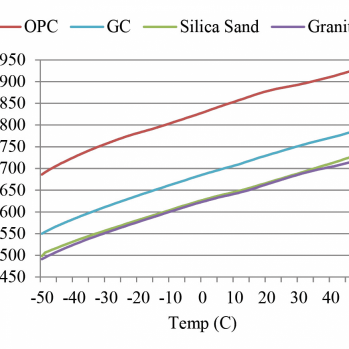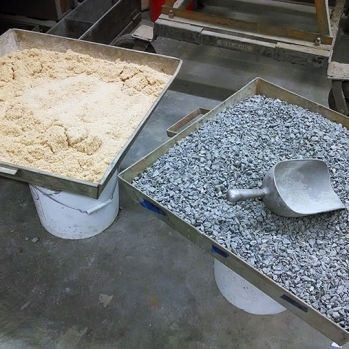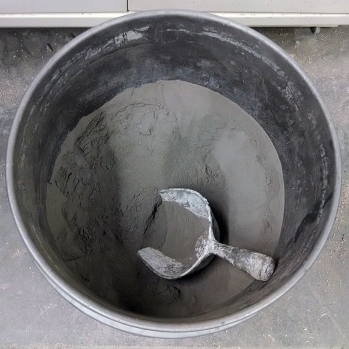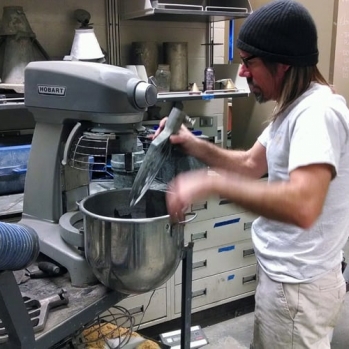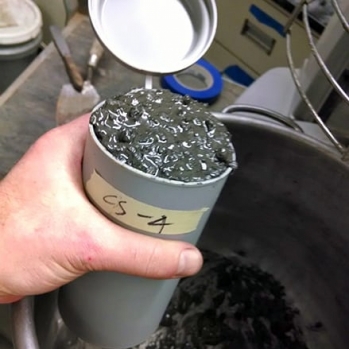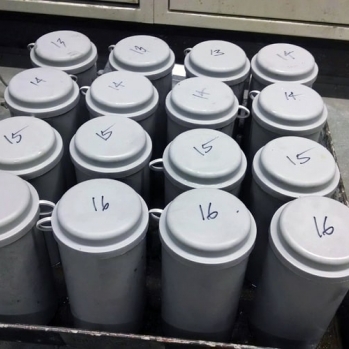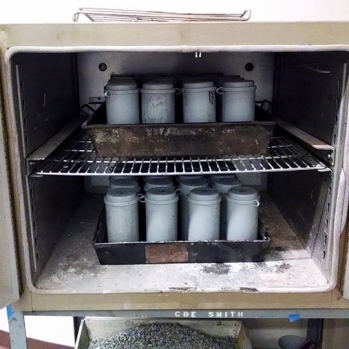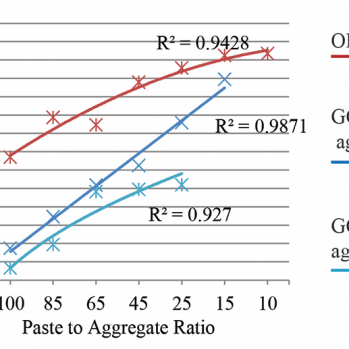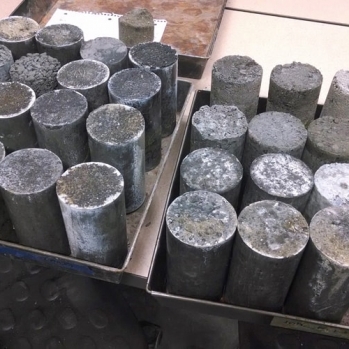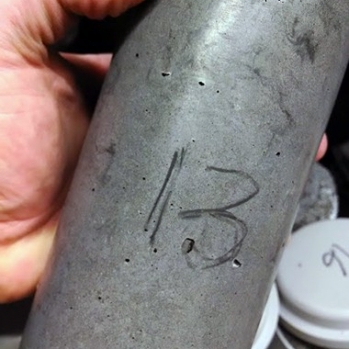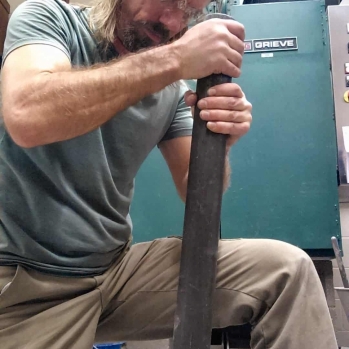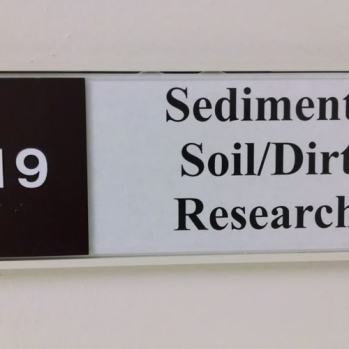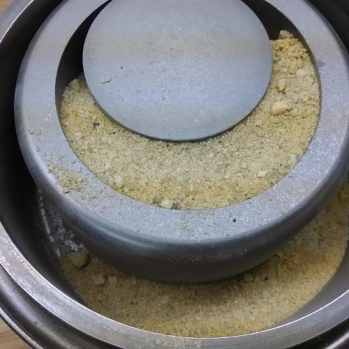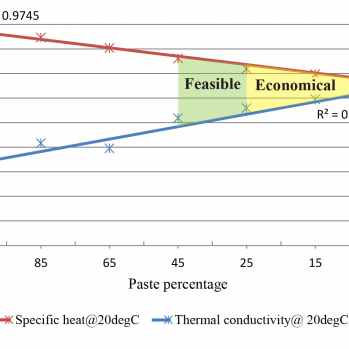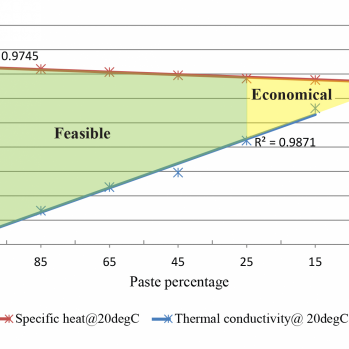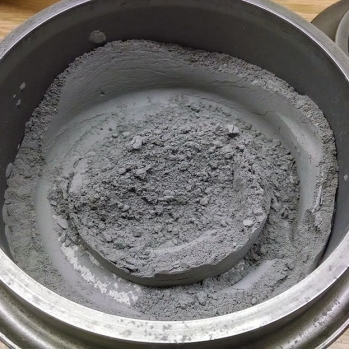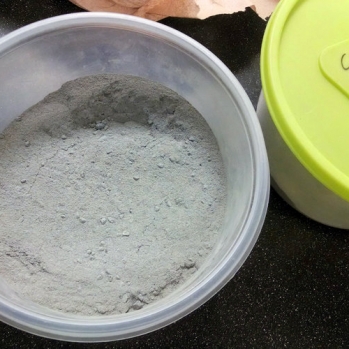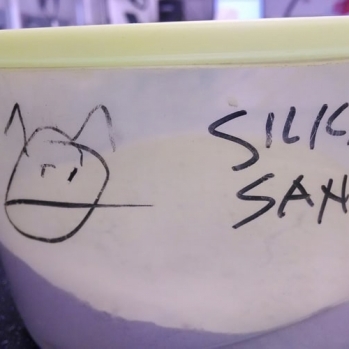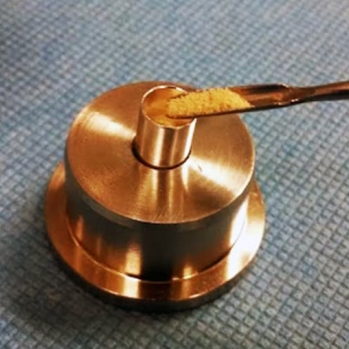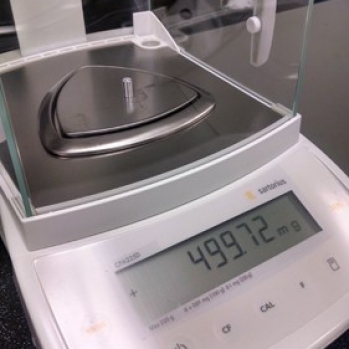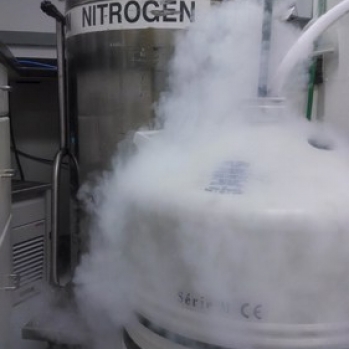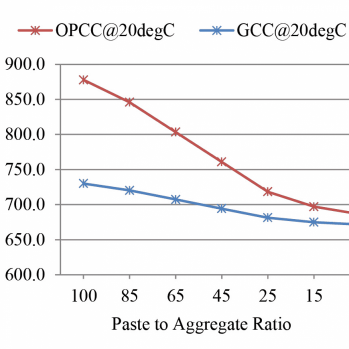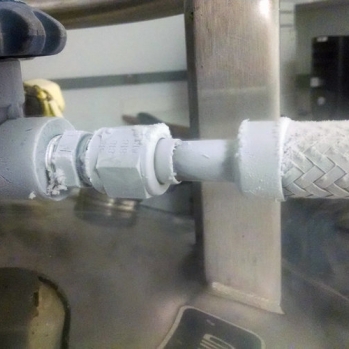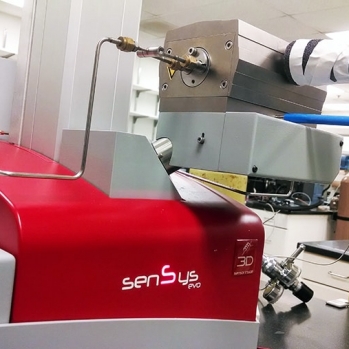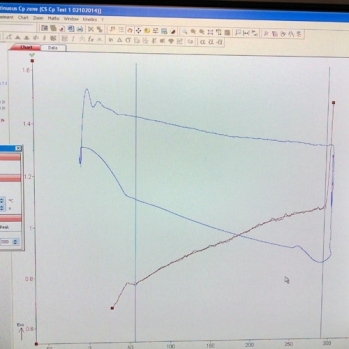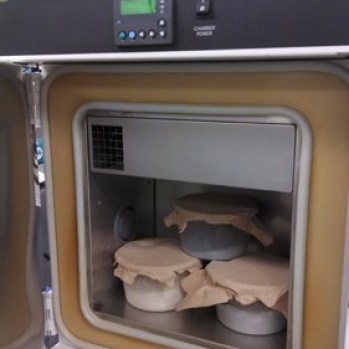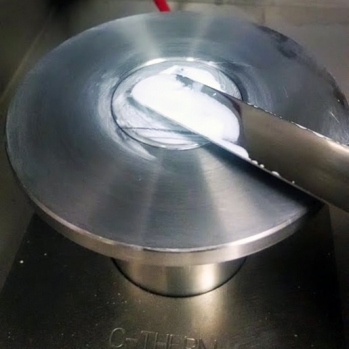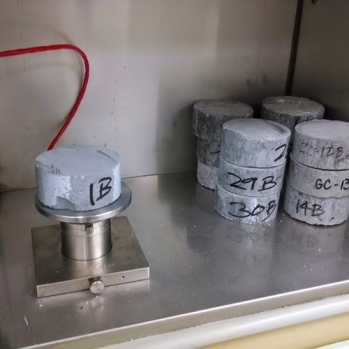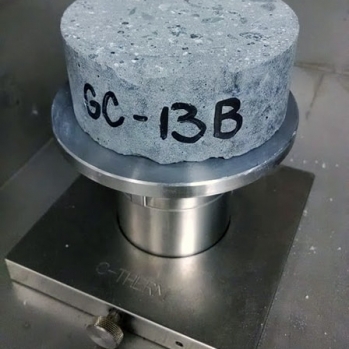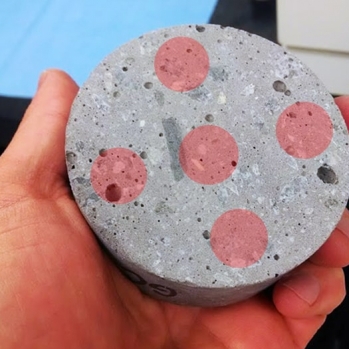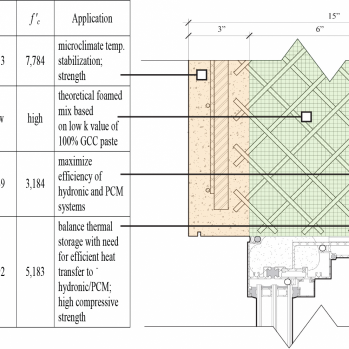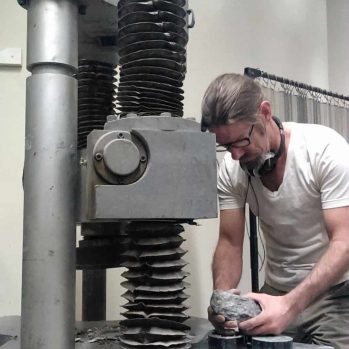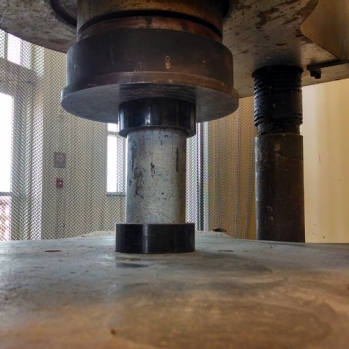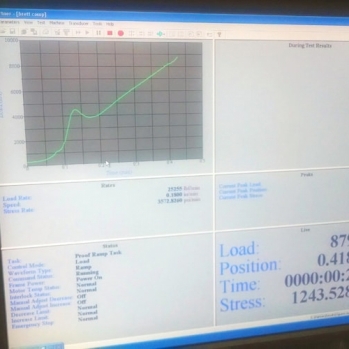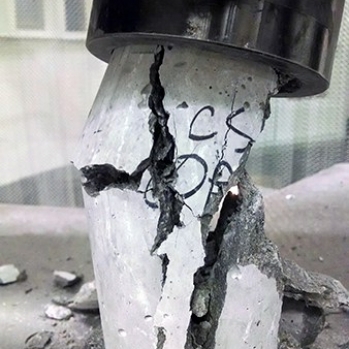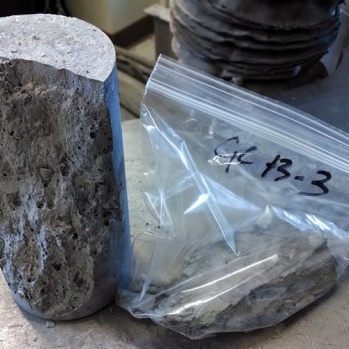FIXING CONCRETE: THERMAL OPTIMIZATION
The malleability of concrete’s performance characteristics is one of its inherent strengths. Through adjusting a variety of variables including paste to aggregate ratios, water content, aggregate composition, paste characteristics, and a number of potential admixtures, a variety of physical characteristics can be controlled. Typically concrete used in buildings is divided into two categories: structural and architectural (sometimes called “finish”), with nuanced and exacting mix designs well established through a long development history to create a wide performance spectrum within each category.
However, concrete has an equally long history as a thermal material utilized both as thermal storage and to reduce or enhance thermal movement through building envelopes, the ancient Roman public baths at Ostia and the Anasazi pueblos in present day New Mexico being just two examples. Similarly, long before the advent of the contemporary concept of insulation, concrete and other mass materials have constituted the full volume of the building envelopes of perhaps the vast majority of the world’s buildings, providing whatever resistance to heat flow there was that allowed a different temperature to be maintained indoors than existed outdoors. Yet concrete mix designs focusing on thermal performance in building envelopes are essentially non-existent.
My feeling is that investigating the efficacy of such a mix design strategy is an important component in the search for more energy efficient building envelopes that utilize concrete and in the general movement to lower the embodied energy and consequent carbon footprint of concrete in the built environment. The central rationale is that in a lifecycle analysis the lion’s share of a typical building’s environmental impact is through its operation . Therefore, improving building operational performance will have the most significant effect on its energy and carbon impact. It has been well established that the key to maximizing operational performance is to reduce heating, cooling, lighting and plug loads first before considering improving HVAC applications or employing renewable energy systems. Which load category has the largest effect on building performance is determined by many variables, but the thermal properties of the building envelope consistently play a significant role. Add to this the ubiquity with which concrete is employed as a major component of the built environment in its current incarnation, and it seems clear that there is a compelling rationale for investigating thermal optimization strategies for concrete mix designs in building envelopes.
I have completed an initial study of the thermal characteristics (specific heat capacity and thermal conductivity) of concrete mixes of differing paste to aggregate ratios, comparing OPCC to GCC mixes. The results along with an incipient methodology for optimizing concrete mix designs for thermal characteristics were published in the Journal of Architectural Engineering.
This changed. Maybe it was the arrival of air conditioning and the money to be made by replacing trees with more houses. Whatever the reason, newer neighborhoods were treeless and porchless and HOT. The contrast was stark and unequivocal. The newer neighborhoods (tellingly relabeled “developments”) locked in a dependence on fuel driven, breakable mechanical systems and set a hefty baseline energy usage. They also defined two completely distinct environments, with the inside becoming a sort of prison of comfort discouraging inhabitants from venturing outside as part of their daily home life. The older neighborhoods, on the other hand, used passive strategies (trees, overhangs) to adjust the microclimate around the buildings toward the human comfort zone, lowering cooling loads and therefore baseline energy demand while creating a “third environment” around the house that encouraged a lifestyle that included being outside.
I didn’t realize it then, but this was my first lesson in passive design and it set the tone for my future work in sustainable design. Though I see mitigating climate change as a central macro-rationale for my work, I believe that the sensible path to efficiency leads to a better, healthier lifestyle. Over the years I’ve gotten deeper into science of building envelopes and increased the scale and scope of the projects and materials that interest me, however the throughline in my research has remained constant and can be described by the motto: passive first, then active.
